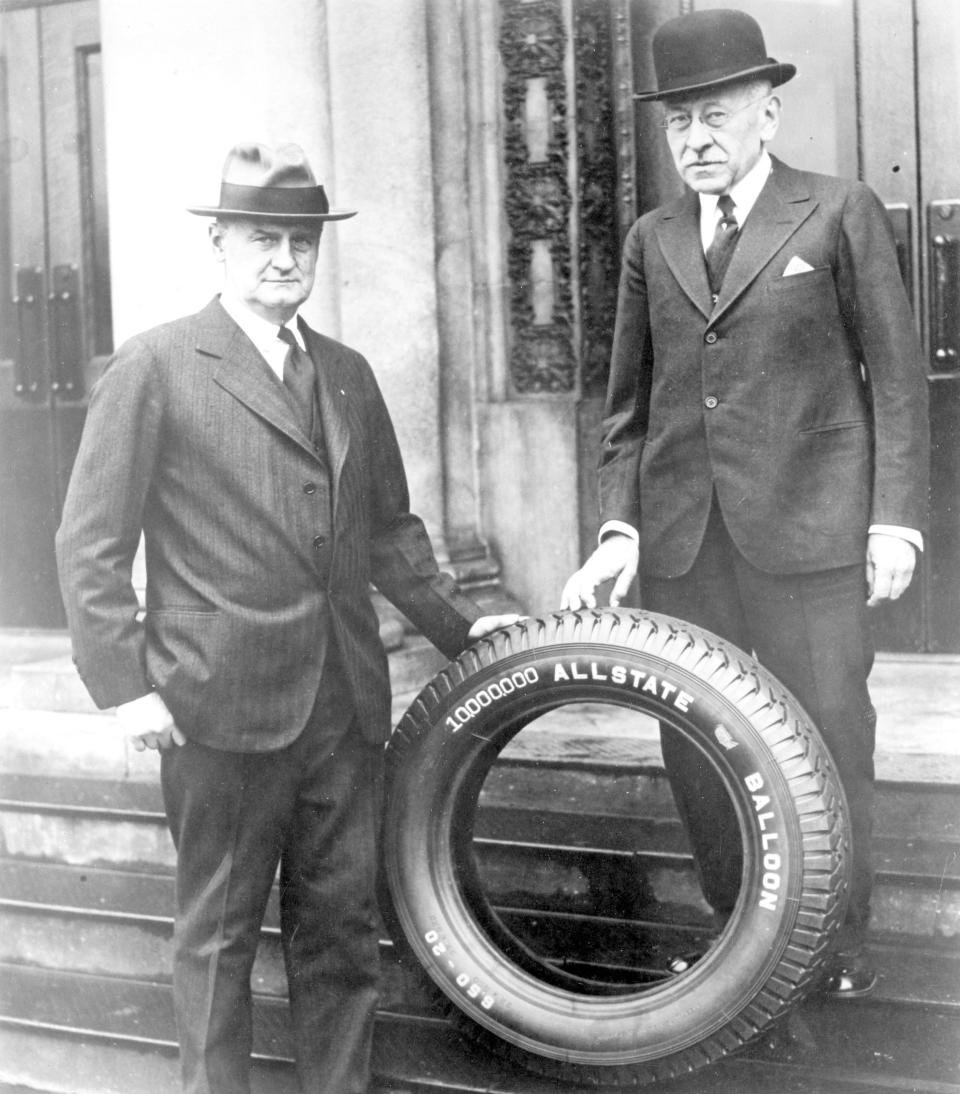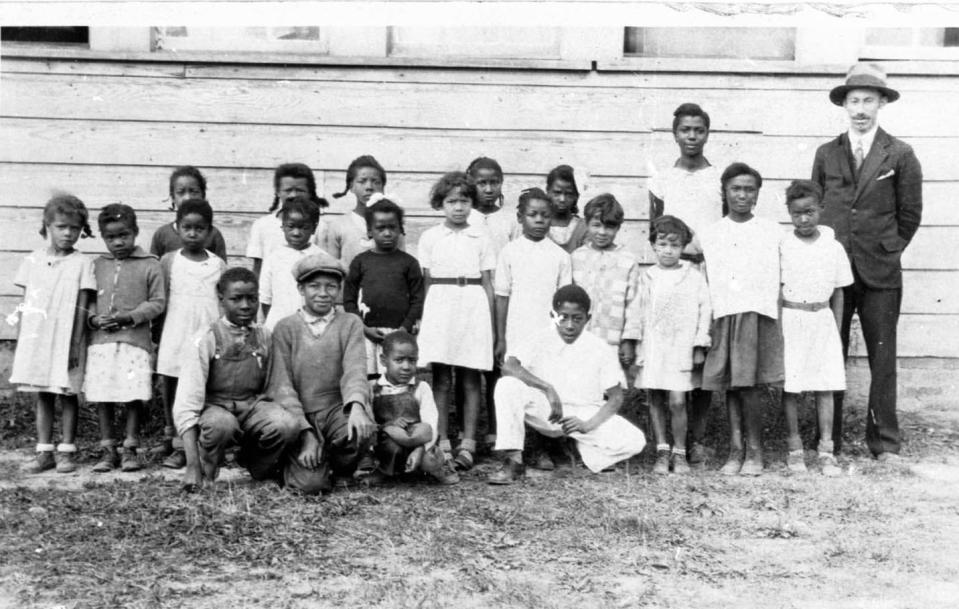Of Sears and schools: The life and work of Julius Rosenwald | Opinion
- Oops!Something went wrong.Please try again later.
- Oops!Something went wrong.Please try again later.
He built the largest retail establishment in the world. It was a business empire with over 3000 stores across the nation, and a mail-order system that enabled literally millions of Americans to shop from their homes using a remarkable catalog that became popularly known as “The Wish Book.”
Rosenwald also built nearly 5,000 schools that served more than 600,000 African American students in 15 southern states during a time when segregation restricted such students to lower quality education.
Sign up for Latino Tennessee Voices newsletter:Read compelling stories for and with the Latino community in Tennessee.
Sign up for Black Tennessee Voices newsletter:Read compelling columns by Black writers from across Tennessee.
He was Julius Rosenwald
The dynamic business Rosenwald created was Sears. The schools he built were the Rosenwald Schools, producing such accomplished alumni as Maya Angelou and Congressman and civil rights icon John Lewis.
Rosenwald was the most accomplished businessman-philanthropist in the history of our nation, a creative force for enterprise and education.
In 1905, he invested $75,000 in a Chicago watch company that had been started by a railway agent named Richard Sears. In the 1890s, Sears and his business partner Alvah Roebuck had produced a marketing catalog to sell their watches and other products. The Wish Book, as it came to be known, was an overnight sensation, soon generating over 100,000 orders a day. But Sears and Roebuck had no system in place to process the unexpected volume of orders. And then Julius Rosenwald, then already the owner of a successful Chicago wholesale clothing business, came to the rescue.

Rosenwald implemented an innovative scheduling system for processing orders, converting Sears into the most dynamic mail order system in the world. In Detroit, a business executive name Henry Ford heard about it and implemented a similar system for the assembly lines of his Model Ts.
The shipping system Rosenwald created, and the phenomenal marketing catalog, The Wish Book, literally changed the retail landscape of America. Over 3 million Americans regularly ordered everything from household items to furniture to even cars and homes. Between 1908 and 1940, Sears sold over 70,000 prefabricated homes ordered from its catalogs.
When Julius Rosenwald was growing up in Brooklyn, one of his best friends was Henry Goldman. At the same time Rosenwald was taking over the leadership of Sears, Goldman had formed a banking firm in New York, Goldman Sachs, destined to become one of the nation’s leading financial institutions. In 1905, at the suggestion of his boyfriend friend Goldman, Sears went public, issuing $30 million in stock, underwritten by Goldman Sachs.
Hear more Tennessee Voices:Get the weekly opinion newsletter for insightful and thought provoking columns.
Innovator, leader and philanthropist
Rosenwald then used his newfound wealth to build the Rosenwald Schools at a cost of $28 million. He did this at the suggestion of his friend Booker T. Washington.

Rosenwald also became a leading financial supporter of Fisk University in Nashville and Washington’s Tuskegee Institute.
An exhibit on the remarkable life of Julius Rosenwald, “A Better Life For Their Children”, has been touring Tennessee, recently on display at the National Civil Museum in Memphis. It’s next stop will be the Tennessee State Museum In Nashville. From February 24th to May 21st, it will feature the photography of Andrew Feiler of hundreds of Rosenwald Schools and portraits of people whose lives were influenced and shaped by these schools, over 300 of them built in Tennessee.
Bill Haltom is an author who resides in Memphis and Monteagle.
This article originally appeared on Nashville Tennessean: How Julius Rosenwald used his empire to better opportunities for Black people

